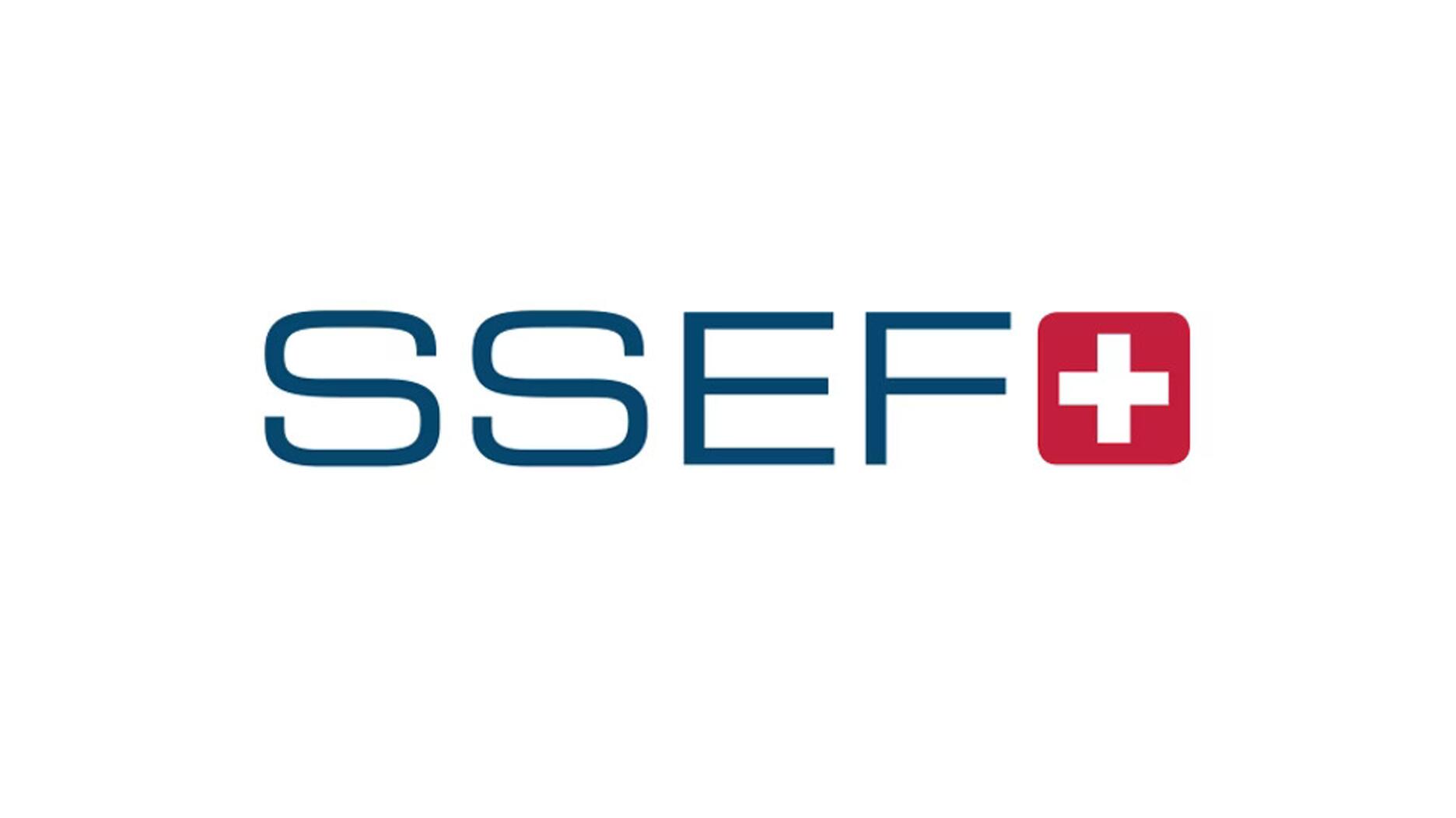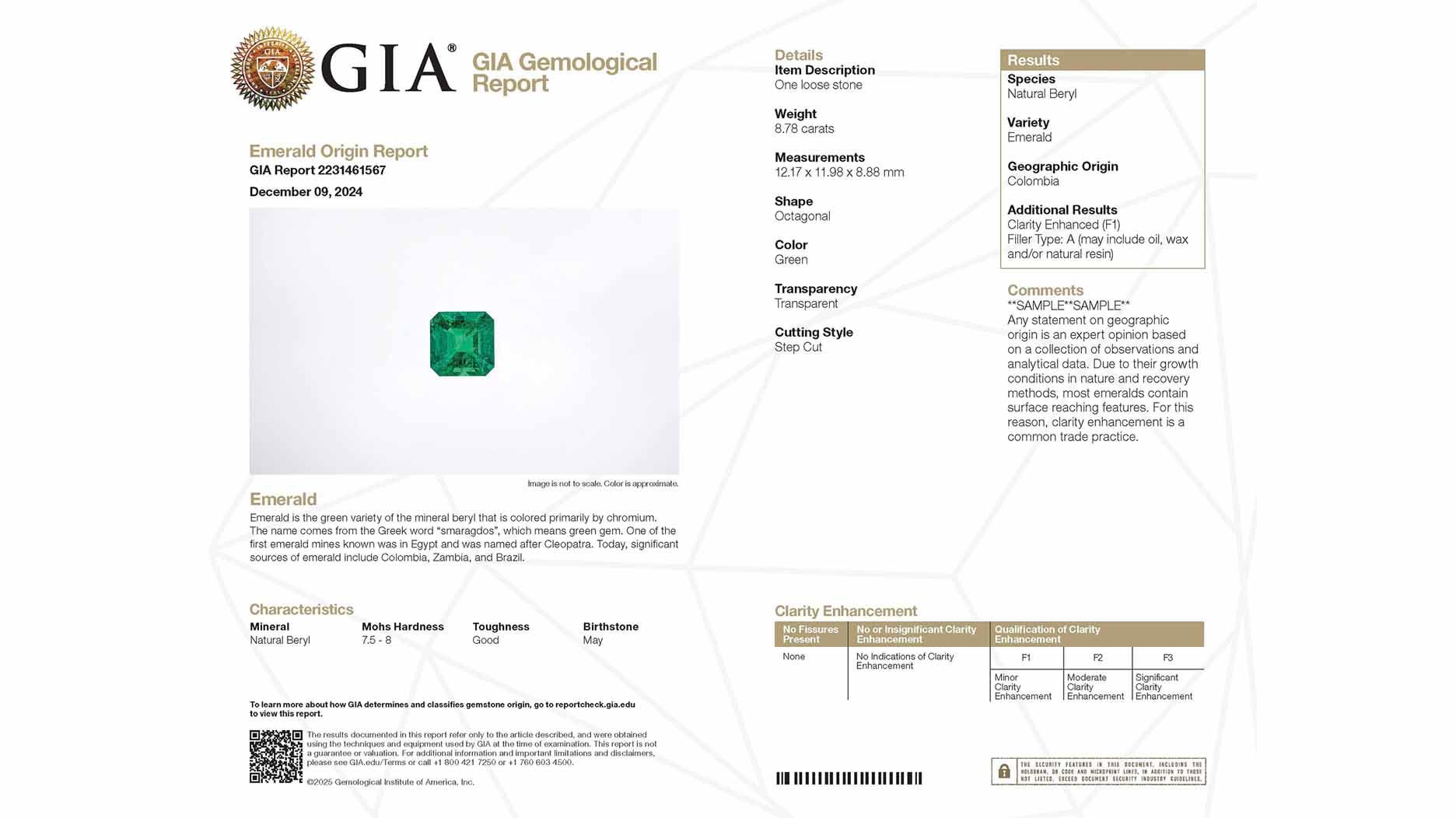IGI Set to Go Public Next Week
In a CNBC interview, CEO Tehmasp Printer discussed the IPO in India and what declining lab-grown diamond prices mean for the company.

The company filed for an initial public offering (IPO) in India on Aug. 22 and is now looking to raise 42.25 billion rupees ($497 million), an increase from its initial goal of 40 billion rupees ($477 million).
IGI is expected to begin trading on Dec. 20, with IPO bids open from Dec. 13 through Dec. 17, according to a red herring prospectus filed Dec. 6.
The price ranges from 397 to 417 rupees per share with a lot size of 35 shares.
The stock would be listed on the National Stock Exchange of India and the Bombay Stock Exchange.
Private equity giant Blackstone acquired IGI in May 2023 from a subsidiary of Chinese conglomerate Fosun and former CEO Roland Lorie, paying nearly $570 million for the lab.
Blackstone had been seeking a valuation of $1.5 billion, per a Reuters report, but was in talks to take the lab as high as $3.5 billion.
This proposed IPO values IGI at around $2.1 billion.
In an interview with CNBC, IGI CEO Tehmasp Printer shared more details about the upcoming IPO.
Following the IPO, Blackstone would go from holding a 100 percent stake in the lab to having a 76 percent stake, he said.
“We are very happy to have Blackstone support us,” he said. “I believe Blackstone is committed for the next 10 years, which could also possibly be extended.”
The net proceeds from the IPO will be used for general corporate purposes and to acquire the remaining outstanding shares of IGI Belgium Group and IGI Netherlands Group from Blackstone.
“Today, we are in consolidation mode. We have taken the lead on lab-grown diamonds and we want to make IGI a global entity,” said Printer.
In the prospectus, IGI highlighted its position as the second-largest independent grading and accreditation services provider in the world, after the Gemological Institute of America, for loose stones and jewelry.
Founded by the Lorie family in Antwerp in 1975, IGI now operates 31 laboratories and 18 education facilities in diamond and jewelry centers around the world.
IGI’s share of the overall grading report market is around 33 percent, said Printer, including 20 percent natural and 13 percent lab-grown diamonds.
In India, IGI is the largest provider of these services, holding 50 percent market share, said the prospectus.
The rise in popularity of lab-grown diamonds has been partly behind its success, though its practices regarding the stones have raised some eyebrows in the industry.
As first reported by JCKOnline.com, IGI disclosed in its draft prospectus filed in August that a lot of its lab-grown diamond grading is done in the factories of the companies growing the diamonds.
IGI gemologists, as well as employees of the diamond companies, do the grading and the diamond companies supply the equipment, a setup that, IGI acknowledged, comes with risks.
“As certification via our in-factory and mobile laboratory setups are conducted on the premises of our customers, we may also have less oversight over third parties who have access to our customers’ premises,” the lab said in its August prospectus.
“While we conduct quality checks and periodic calibration of our gemologists to reassess and adjust their grading techniques, such measures may not be effective in preventing all instances of grading errors or fraud by gemologists or third parties.”
Printer was not asked about this during the CNBC interview but did discuss the growth in consumer demand for lab-grown diamonds and their falling prices.
“Our growth rate has been immense where lab-growns are concerned,” he said on CNBC. “It’s the new-age diamond. It’s the new kid on the block and we are sitting on the top of it.”
The company also benefits from “economies of scale” when grading lab-grown diamonds, he said, meaning that as the company grades more lab-grown diamonds the cost to do so decreases.
Regarding the sustainability of this revenue growth, Printer said it is sustainable due in part to the affordability of lab-grown diamonds, which has contributed to the market size “increasing rapidly,” and caught the attention of millennials and Gen Z.
Though the market size may be increasing, the declining value of lab-grown diamonds has been a cause for concern in the industry.
The decline in prices should not hurt its margins, he said, adding that prices have been stable for the last nine months or so, now at $200 to $250 per carat wholesale.
“Lab-grown manufacturers and polishers have huge [capital expenditures] and [operational expenditures]. Today, the price has stabilized to a level where I don’t think they can go any lower. Then, it becomes unsustainable,” he said.
The Latest

The luxury goods company said founder Ippolita Rostagno will remain at the brand’s helm.

Laura Burdese, who joined the Italian luxury brand in 2022, will take on the role in July.

The National Jeweler editors revisit the most noteworthy industry happenings and design trends from 2025.

How Jewelers of America’s 20 Under 40 are leading to ensure a brighter future for the jewelry industry.

Need a gift for the cat lover who has everything? Look no further than our latest Piece of the Week.


It purchased the “Grosse Pièce,” an ultra-complicated Audemars Piguet pocket watch from the ‘20s, for a record-breaking price at Sotheby’s.

The lab-grown diamond grower now offers custom engagement and fashion jewelry through its Kira Custom Lab Jewelry service.

Roseco’s 704-page catalog showcases new lab-grown diamonds, findings, tools & more—available in print or interactive digital editions.

Chandler got his start at Michelson Jewelers and has served as DCA president and CEO since 2001. He will retire at the end of the month.

The boutique is slated to open this week inside Terminal 8, offering pre-owned Rolex watches and more to international travelers.

Sponsored by Digital Monitoring Products

The special-edition egg pendant ingested in a New Zealand jewelry store was recovered after a six-day wait.

Associate Editor Natalie Francisco plays favorites with Piece of the Week, selecting a standout piece of jewelry from each month of 2025.

The “Love and Desire” campaign is inspired by the magic that follows when one’s heart leads the way, said the brand.

Berta de Pablos-Barbier will replace Alexander Lacik at the start of January, two months earlier than expected.

Sotheby’s held its first two jewelry sales at the Breuer building last week, and they totaled nearly $44 million.

Winners will receive free registration and lodging for its fourth annual event in Detroit.

Here are six ideas for making more engaging content for Instagram Reels and TikTok, courtesy of Duvall O’Steen and Jen Cullen Williams.

The honorees include a notable jewelry brand, an industry veteran, and an independent retailer.

Carlos Jose Hernandez and Joshua Zuazo were sentenced to life without the possibility of parole in the 2024 murder of Hussein “Sam” Murray.

Yood will serve alongside Eduard Stefanescu, the sustainability manager for C.Hafner, a precious metals refiner in Germany.

The New Orleans jeweler is also hosting pop-up jewelry boutiques in New York City and Dallas.

Set in a Tiffany & Co. necklace, it sold for $4.2 million, the highest price and price per carat paid for a Paraíba tourmaline at auction.

The jeweler’s “Deep Freeze” display showcases its iconic jewelry designs frozen in a vintage icebox.

Take luxury gifting to new heights this holiday season with the jeweler’s showstopping 12-carat sphene ring.

This year's theme is “Unveiling the Depths of the Ocean.”

In its annual report, Pinterest noted an increase in searches for brooches, heirloom jewelry, and ‘80s luxury.













![“There is greater acceptance [of lab-grown diamonds] today, but manufacturers had to put in a lot of effort to make it happen,” said Smit Patel, director of finance for lab-grown diamond company Greenlab, whose factory in Surat, India, is pictured. Greenlab lab-grown diamond factory in India](https://uploads.nationaljeweler.com/uploads/5d145d435434011afc43a4f507ebaefd.jpg)















